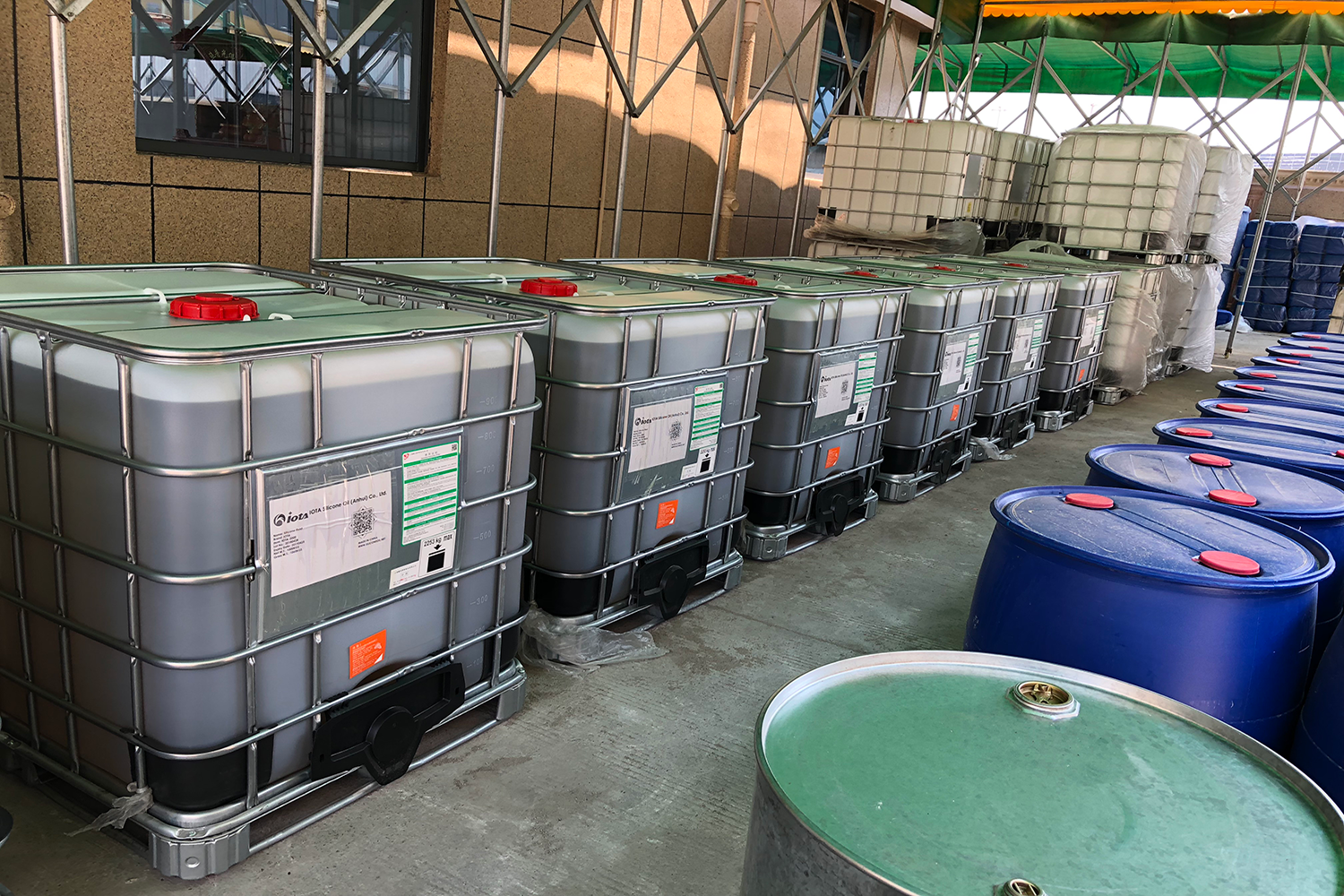Textile auxiliaries play a vital role in the textile industry. They can improve the performance, quality and appearance of textiles. However, the storage conditions of textile auxiliaries have an important impact on their quality and effect. The following is a detailed discussion of the storage conditions of textile auxiliaries:
First, textile auxiliaries usually need to be stored in a cool, dry and ventilated place. This is because textile auxiliaries are mostly chemical products, which are easily affected by moisture and heat and deteriorate. The temperature of the storage environment should be controlled within a certain range. It is generally recommended to store at room temperature. Some special auxiliaries, such as the brightening agent Montelai-2101, require a storage temperature between 5 and 30 ° C to avoid oil spots and affect the finishing effect. At the same time, the storage environment should maintain a certain humidity to avoid excessive humidity causing the auxiliaries to agglomerate or deteriorate.
Secondly, textile auxiliaries should be kept away from fire, heat sources and direct sunlight. This is because textile auxiliaries are mostly flammable and explosive items, which are prone to fire or explosion at high temperatures. In addition, direct sunlight may also cause the active ingredients in the auxiliaries to decompose, thereby reducing their effectiveness.

In addition, the storage of textile auxiliaries also requires attention to the selection of packaging containers. Generally, plastic barrels, iron barrels and other containers are used for packaging to ensure the sealing and stability of the auxiliaries. When storing, the container should be kept tightly closed to prevent impurities such as air and moisture from entering. At the same time, the container should be marked with information such as the product name, production date, and shelf life for verification when used.
Finally, different types of textile auxiliaries may require different storage conditions. For example, different types of auxiliaries such as softeners, brighteners, and coating glues may also have different requirements for storage conditions due to differences in their ingredients and uses. Therefore, when storing textile auxiliaries, appropriate storage plans should be formulated according to their characteristics such as type, ingredients, and uses.
In summary, the storage conditions of textile auxiliaries have an important impact on their quality and effect. To ensure the quality and effect of textile auxiliaries, the temperature, humidity, light and other conditions of the storage environment should be strictly controlled, appropriate packaging containers should be selected, and appropriate storage plans should be formulated according to different types of auxiliaries.
More details please click
here.
